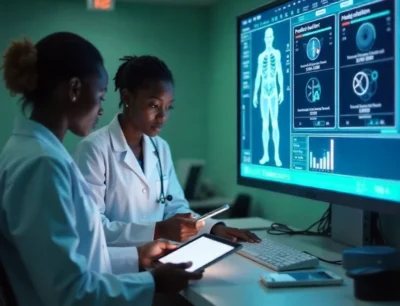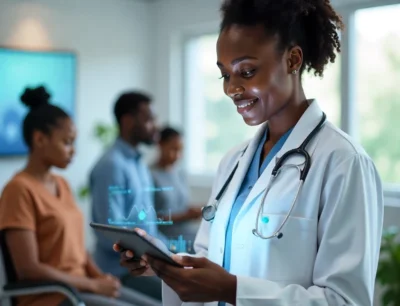The Rise of Admin AI: A Budget Essential for Healthcare Systems in 2026
Admin AI is going mainstream. In Q3 2025, it shifted from pilot to priority—and by 2026, it will be a standard budget
Notice: Test mode is enabled. While in test mode no live donations are processed.

Admin AI is going mainstream. In Q3 2025, it shifted from pilot to priority—and by 2026, it will be a standard budget

AI is reshaping healthcare navigation — turning predictions into real actions that improve outcomes for patients, prov

OpenAI is building AI health tools for everyday users—reshaping how we access care, control our data, and make informe
